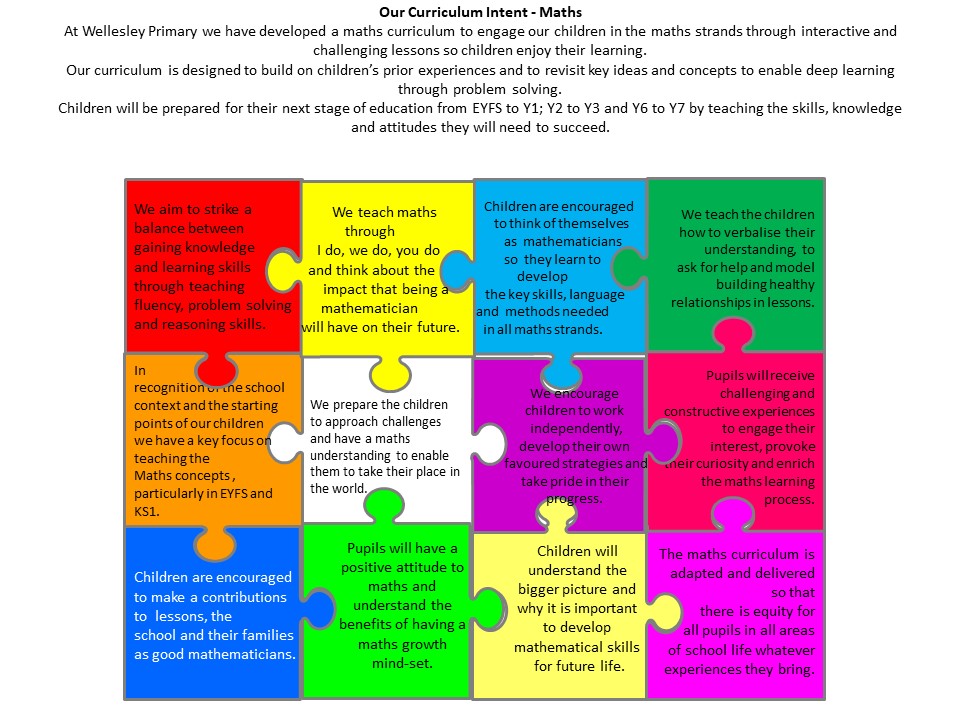Year 4 Maths
Autumn
In the autumn term we focus on place value, addition and subtraction, multiplication and division. This includes recognising the place value of each digit in a four digit number (thousands, hundreds, tens and ones), ordering and comparing numbers beyond 1000. The children will also learn about rounding numbers to the nearest 10, 100 and 1000. They will develop and refine their written methods for addition and subtraction. There is a focus on learning times tables and division facts up to 12x12 in preparation for the Multiplication Check in the summer term. They will also learn how to multiply by 1 and 0, divide by 1 and itself, and multiply three numbers together.
Spring
In the spring term we continue working on multiplication and division – focusing on written methods and learning about factor pairs. The children will learn about length and perimeter and then move onto a focus on fractions and decimals. When learning about fractions, children will develop their understanding of equivalent fractions and decimals, and will add and subtract fractions with the same denominator. They will find fractions of numbers and use this to solve problems. When learning about decimals, children will develop their understanding of tenths and hundredths, and will understand the effect of dividing a number by 10 or 100. They will round numbers with one decimal place to the nearest whole number, and will compare and order numbers with up to 2 decimal places. Children will continue to practise their times tables regularly.
Summer
In the summer term we will continue to learn about decimals, using this knowledge to solve problems involving money. Following this, the children focus largely on shape and measure, using their learning about calculations, fractions and decimals to support their problem solving. The children will learn to convert between different units of measure, develop their understanding of angles by identifying acute and obtuse angles, and develop their recall of the properties of 2D shapes. They will learn about a wider range of triangles and quadrilaterals, and develop their understanding of symmetry. The children will describe movements as translations and will use a range of graphs to present and interpret discrete and continuous data. During this term, they will also learn about time – focusing on converting between analogue and digital clocks, converting between 12 and 24 hour clocks, and solving problems involving seconds, minutes and hours. During this term, the children will have their Multiplication Check.

